Jag-You-Are!
- jrycenga
- Aug 19, 2022
- 10 min read
Updated: Aug 20, 2022
July 22-25, Chapter Eight, Brazil/Argentina trip

This longish entry covers the remainder of the Pantanal section, including the thrilling encounter with Jaguars, a highlight of any trip to this area. You can see, from the statistical summary, that the number of life birds was greatly reduced in this section. This is expected as one nears the latter days of a long trip. But since we were in a new habitat (the Pantanal) it is in need of some explanation. First, the explorations here were mainly by boat, rather than by foot, which reduces the number of smaller species that can be located. Second, the way we used our time here privileged quality over quantity. I can still feel the warmth of slowly traveling through the water plants on the rivers and streams. Third, the cool birds here were often in the category of "charismatic megafauna" - big, easily visible, and supremely impressive birds (and mammals).
Our boatman; the moon as of July 22, 2022; sunrise on the Cuiabá River
The way to see a Jaguar is not by trampling all over their habitat. Their main food is the local reptilian, the abundant Yacare Caiman (Caiman yacare), pictured below.


The Jaguars hunt at the water's edge - and our quiet boats could get in close to the river banks. Our lodge was not the only one with boats, of course. So the "scene" at Jaguar sightings is rather like the mob of birders at a rare bird sighting. Since Jaguars are threatened animals, though, this is the best way to observe them. Each Jaguar in this area can be identified through photos because of the individuality of their spots. So the pictures we take, the observations we make, and our shared experiences help the scientists to document what is happening with each cat.
On our first morning at Porto Jofre, we headed out to search for the big cats. Porto Jofre is located along the Cuiabá River, downstream from where we first visited its shores (in the city of Cuiabá itself). It is a wide, beautiful river, and here it also serves as the border between the states of Mato Grosso and Mato Grosso do Sul. Along the way we saw some floating hotels; Rich recommended against them, painting a rather unattractive picture of their lack of amenities (including spotty electricity).

There are innumerable little riverine and creek by-ways - all of them teeming with birds and caimans (a.k.a. Cat Food). We headed to an area where a Jaguar had been seen by people on another boat, but by the time we reached there, it was gone. So we explored the by-ways and saw some great birds. Pictured below are Boat-billed Heron (Cochlearius cochlearius, 3 pictures); Wood Stork, Neotropic Cormorant, and Roseate Spoonbill in one tree; Black-capped Donacobius (Donacobius atricapilla); and Black-collared Hawk (Busarellus nigricollis).
We then received a call to hurry back - a Jaguar had been spotted! We went really fast - which I thought was fun, despite the presence of Caiman. We got there, and once again the cat was missing...except that it very soon reappeared. It then engaged in a typically felinic approach to a comfortable place - in this case a log - and settled in for a long stay. Ah! Kitty! Pussycat! Grimalkin! Felidae! O Gato (em português)!
So how many pictures of our Jaguar do you want? The cat sat with us for at least twenty minutes. I started to do an anatomical seminar on it with my camera. So here goes...I guess...just scroll through if you are more of a dog person or you get bored.
She emerges. She chooses the log. She notes the presence of people on boats - no danger to her. She crawls onto log. She relaxes in that way that cats, as pluperfect hunters, do, as much as if to say "I could eviscerate you, but the energy expenditure would interfere with my current pose." I was snapping these pictures and feeling my heart pumping simultaneously.
Once it was clear that she was settling in for a long stay, I started taking close-up pictures of various parts of her regally muscular body. There were some blood dots on her face - not sure if these were blood drops from a parasite or a recent meal. I think you can match the body part to the place on the Jaguar without captions.
After about ten minutes, the Jaguar decided to move. To the other side of the log, because this is basically a cat. It does cat things. Like make a big deal out of moving six feet, when it could rip the heart out of anything but just doesn't feel like it right now. Because the other side of the log is calling.
Having made this gargantuan effort, our powerful huntress decides to go to sleep. Because she is a cat.

Good night soft kitty! Thank you for sharing your magnificent self with we who are your unworthy worshippers!
We left her still sitting there.
Other things continued to happen. We had a brief glimpse of a Giant Otter (Pteronura brasiliensis), a long look at a young Green Iguana (Iguana iguana) and our best look yet at Proboscis Bats (Rhynchonycteris naso). I include the Osprey (Pandion haliaetus) because I have now seen Osprey in North America, Central America, South America, and Africa. It lives in Europe, Asia, and Australia, too. I enjoy seeing the cosmopolitan birds cosmopolitanically.
After lunch I took a walk along the pond and boardwalk in back of our room, just for fun. There were some of the giant water lilies (Genus Victoria) there, though Rich was uncertain if they were cultivated or naturally occurring. It was interesting seeing a plant so large that it was treated like dry land by many insects and birds.
We went back out on the water in the late afternoon. There was another Jaguar sighting, of a radio-tagged young male; we watched him briefly. We then went on into some other channels before heading home. We had a wonderful nighthawk show, and then some bats, but my camera couldn't capture these nocturnal animals. Time to sleep and dream of cats.
Top row: Vermilion Flycatcher; a Saddlebags dragonfly; our second Jaguar
Second row: Jaguar; Soldier Butterfly; Cocoi Heron hamming it up
Third row: Another shot of the histrionic Cocoi Heron; Blue-throated Piping-Guan getting minerals from a cliff face; Pied Lapwing
Bottom row: coming home; sunset; happy day for me!

After such an experience, you'd think the next day would feel pedestrian. But such was not to be the case! July23rd was marked by a genuine exciting rarity, another great mammal, and the best boat ride up my favorite tributary. This day was another metaphysical/physical high point of the trip.

Let me start with the humble. We birded near the grounds in the early morning, when land bird activity is at its height. Here we saw one of those birds that can be overlooked in the rush for charismatic megafauna - the Saffron-billed Sparrow (Arremon flavirostris). Sparrows are much less common in tropical zones than temperate ones generally, so seeing any sparrow was a sort of small-scale 'event'. And this bird is so appealingly demarcated in all its features!

Once on the boat, we went southwest, and spent the morning along a small tributary called Rio Negrinho, which, to my joy, meant we were birding in Mato Grosso do Sul! Another beautiful arbitrary geographic bounded area for which I can maintain a list! (If you don't know it, listen to Stephen Malkmus and the Jinks' song, "(Another Beautiful) Bike Lane").

Rio Negrinho was so much more than an arbitrary excursion into another Brazilian state. It became a journey into another world, a world grossly misrepresented by stereotypes of tropical jungle habitat as perpetually dangerous, filled with terror. Instead we were in a peaceful, placid land of vast diversity. It made a difference that Peggy and I were in the front seat this time, able to watch as the boat wended its way through water vegetation, as the insects would scatter and return, as caimans would shift their positions, as birds would fly above the canopy. I am grateful for the small favor of our regularly maintained rotation system (Peggy helped ensure the success of this ultimately informal arrangement).
Today's mammalian superstar was the Giant Otter. We had seen one briefly the previous day, but today the otter vocalized, and gave us some world-class looks. This is, indeed, a gigantically huge otter! They look more like small sea lions than otters from a distance.
Once we had turned onto Rio Negrinho, we were never without Kingfishers. There is more kingfisher variety here than in North America, though two of our species - Ringed and Green Kingfishers - also occur here. But my favorite of the new kingfishers was the Green-and-rufous Kingfisher (Chloroceryle inda). Do not laugh at the complex name, for in this case it is 100% descriptive. This is a flash-card bird. When it turns one way it appears green; another way it appears rufous. Take a look at my pictures to get a sense of the effect.

Another special bird here was the Orange-backed Troupial (Icterus croconotus). This was our only good look at this vivid large blackbird the entire trip. It looked like an Oriole on steroids (which, in the states, would get said Oriole suspended for 80 games...but I digress).
Then there was the constant presence of Caimans, including the Caiman who doubled as a butterfly perch. Poor guy; his eyes were nothing more than a well of minerals for hungry Julia-s! I include a picture of a slightly more ornery Caiman, just to warn butterflies with whom they are messing!

Rio Negrinho also gave us numerous good looks at birds of prey. My pictures of the Crane Hawk are too poor to share here, but it was a most welcome species for me since my previous sighting of it had been 14 years ago under dubious conditions. This Savanna Hawk (Buteogallus meridionalis) common though it was, still caught my attention every time I saw it.

Ultimately, the wonder of Rio Negrinho was in the experience, the relaxed sense of being embodied, on earth, in this place, at this time, with the woman I love, and friends with us. One of my most important touchstone quotes comes from Adorno, who wrote that “Peace is the state of differentiation without domination, with the differentiated participating in each other.” I experienced that sense of difference and participation along this segment.
We went back to the lodge for lunch, and just as we were settling in for an afternoon nap, we got an urgent text: rarity in the marsh behind our rooms! It was a Paraguayan Snipe (Gallinago parauaiae)! It was a new bird for Mato Grosso state for Rich, and a truly unexpected one for me.

In the afternoon we traveled along the road near Porto Jofre, re-experiencing in slow motion the condition of the bridges along which we had traveled and would travel again. No, really, they're all fine!

This late afternoon trip included some cowboys, and a long time listening for small birds that refused to materialize for more than a few seconds at a time. But still it was fun and satisfying - and then the bugs came out! More stingless bees shown here surrounding Jan's ponytail.
I felt I had somehow been given the grace to be a better human being through the experiences of July 23rd. Can't explain it; I can only report it. Let's see if time bears that out.

July 24th was the day of many bridges - we drove the whole length of the Pantanal back to a lodge, Pousada Puival, just outside of the official park boundary. So, like the 21st, this was a day of many stops. It started with a fun interaction with the pet Neotropical River Otter (Lontra longicaudis) that hangs out at the Porto Jofre lodge. It was an animal that was rehabilitated, but became too imprinted on people, so it keeps on coming back to the lodge. Still cute!
We passed the Porto Jofre "airport" which was nothing more than an unpaved strip of cleared land adjacent to our hotel. I doubt it has a three-letter code.
The best bird of the day's drive was the Scarlet-headed Blackbird (Amblyramphus holosericeus). Remarkably vivid color contrast!

Once again we stopped for lunch at the mid-way hotel. This time, though, we met up with a friend! Fancy that! Another birder, Lois Herder, was on a similar tour with a different company. We enjoyed the chance meeting - and I was so excited for what she had awaiting her in Porto Jofre.
At the end of the road - all 117 bridges or so - we stopped to photograph the event.
And then we were at Pousada Puival, where all sorts of joy awaited us, despite this being only a one-night stay.
Pousada Puival has more open grassland habitat than the other places where we had been in the Pantanal. This increased our chances at some of the skulking grass birds. And so it was that we found the Chotoy Spinetail (Schoeniophylax phryganophilus) and the Grassland Sparrow (Ammodramus humeralis). The Grassland Sparrow is a close cousin to the Grasshopper Sparrow, and certainly likes to hide! The Chotoy Spinetail is an impressive small bird, with a basket-full of diagnostic marks. Both quite charming!
While we waited for these birds to appear, I took a group picture:

Once we were settled in our room, we took a drive around the property in the twilight and early evening. We failed to find the Giant Anteater, once again. One of the few disappointments on this trip. But another nemesis was located - the Common Potoo (Nyctibius griseus)! What an uncanny bird this is! Worth the wait. Frank was the successful spotter on this one - a fair trade for Peggy having saved his life.
Common Potoo; twilight at Puival; Common Pauraque (Nyctidromus albicollis)
This was our last full night of the main tour, and therefore our last night with Margaret and Jean, who had already visited Iguazu, and therefore didn't come on the extension. We enjoyed their immense birding skills and multiple perspectives on many subjects. We missed them in Argentina.

Margaret and Jean at the checklist countdown

The official tour's final day, July 25, was liminal - betwixt and between worlds! In the morning we had another amazing day at Piuval. Jean and Margaret had a close encounter with another Jaguar (!), and though the rest of us missed it, we felt the magic emanating from them! We also saw the Campo Flicker (Colaptes campestris), a most handsome, distinctive woodpecker.
Top Row: Moon on July 25th; Sunrise at Pousada Puiaval; Toco Toucan, a bird we had first seen at the Sâo Paulo airport
Bottom Row: Campo Flicker; our driver Jorge; David and Anne
After breakfast it was time to head to Cuiabá and lunch at the Aeroporto Grille. There were more road signs to photograph
Bottom Row: the distant skyline of the city of Cuiabá
Once we had said our farewells to Margaret and Jean, we had to face a new problem - our flight for the next day had been cancelled, forcing us to spend most of the next day in Cuiabá. Some of us started planning for this unforeseen contingency, but Jan kept asking questions about whether we couldn't get to Argentina closer to the time we had intended. It turned out she was right when, utterly unexpected, it turned out that there was a 1:30 am flight the next day! Peggy and I decided to nap - we missed some shopping oportunities as a result - and when we woke from our "nap" at 10:00 pm we were ready to go. As the Moody Blues once asked, with excessive echo effects, "Isn't Life Strange?"

One more cat picture, because it is my web page and my Jaguar sighting and I love this cat!
Date | iNaturalist | Life Birds | Year Birds | S. America | Brazil |
July 22, 2022 | 7/326 (2061) | 715 | 679 | 438 | |
July 23, 2022 | 9/335 (2070) | 727 | 691 | 450 | |
July 24, 2022 | 8/343 (2078) | 738 | 701 | 461 | |
July 25, 2022 | 3/346 (2081) | 741 | 704 | 464 Final Brazil Total |



















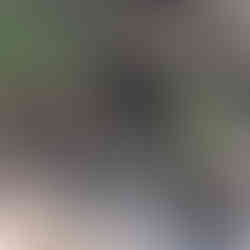



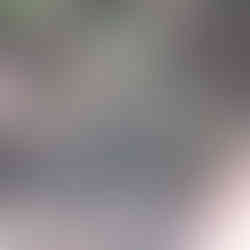



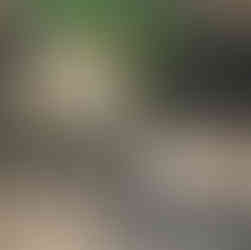






















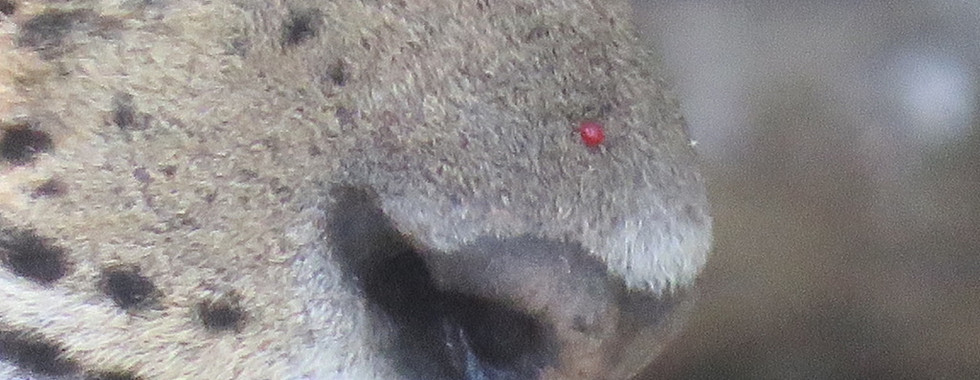






































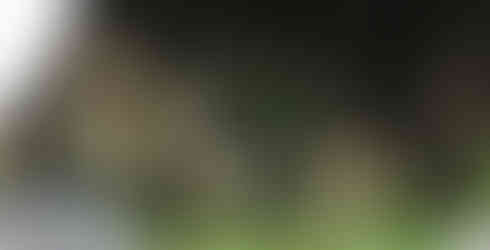









































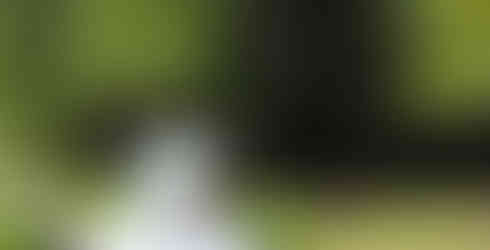



























































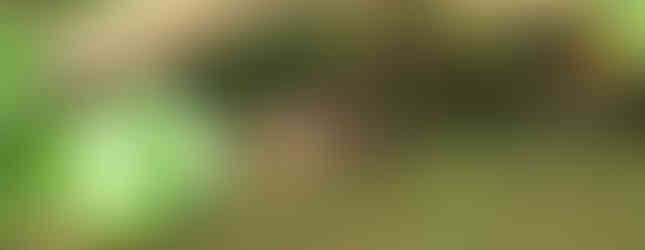


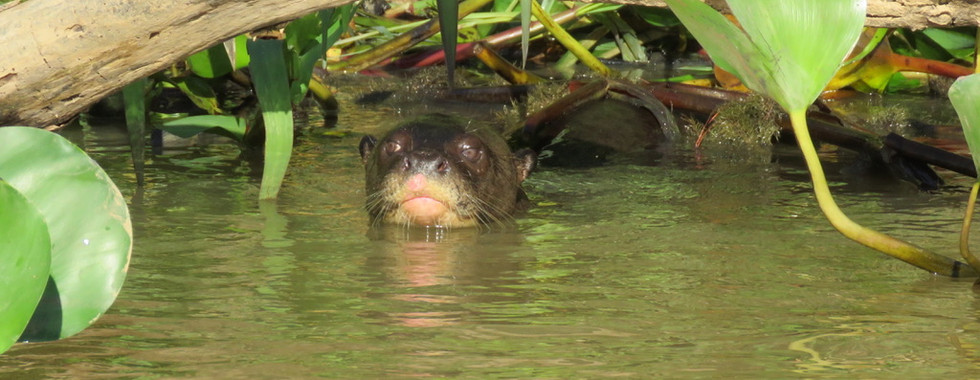





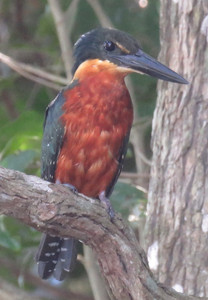















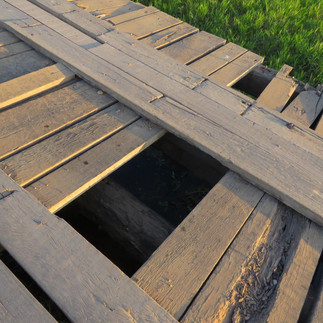
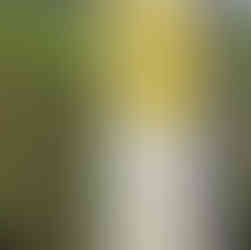











































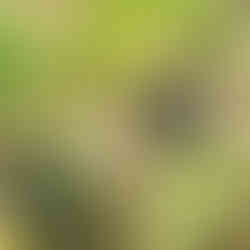



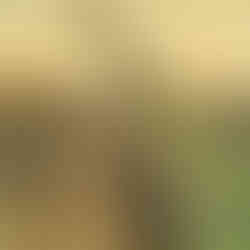































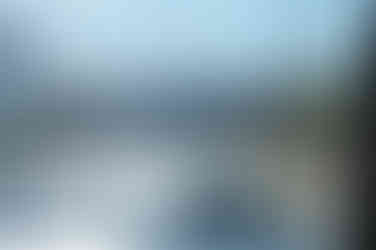




Comments